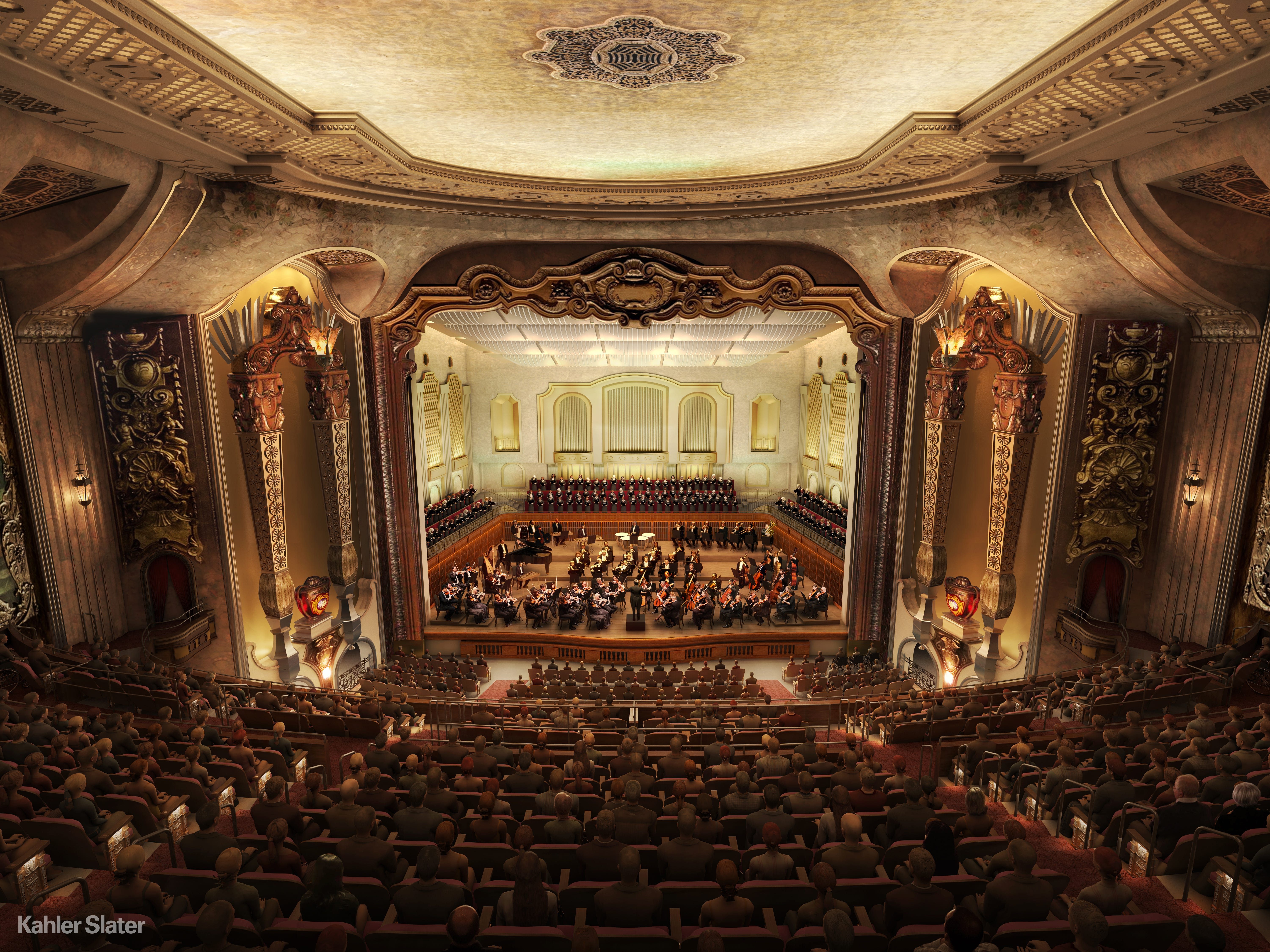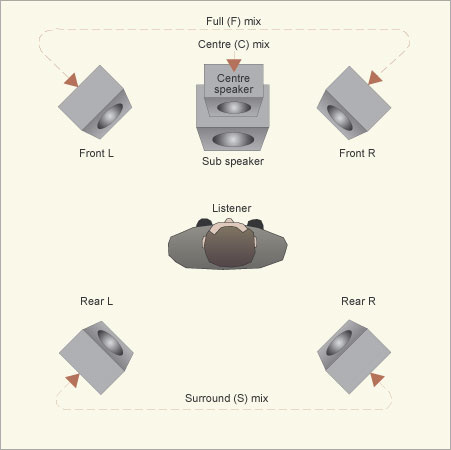

- #SYMPHONIC ORCHESTRA GOLD LOOKS DIFFERENT FULL#
- #SYMPHONIC ORCHESTRA GOLD LOOKS DIFFERENT PRO#
- #SYMPHONIC ORCHESTRA GOLD LOOKS DIFFERENT SOFTWARE#
- #SYMPHONIC ORCHESTRA GOLD LOOKS DIFFERENT PC#
- #SYMPHONIC ORCHESTRA GOLD LOOKS DIFFERENT PLUS#
#SYMPHONIC ORCHESTRA GOLD LOOKS DIFFERENT SOFTWARE#
With the typical orchestral composition encompassing a large amount of instruments, EASTWEST‘s PLAY software will streamline the process by allowing many more instruments to be loaded at one time than with previous systems.īeyond the orchestra´s phenomenal recording quality is its ability to breathe life into the virtual world, creating a real space and filling it with sound. Now with the incorporation of PLAY, users of the upgraded EASTWEST/QUANTUM LEAP Symphonic Orchestra will experience the benefits of the new sample engine immediately. The Way an Orchestra Should SoundEASTWEST/QUANTUM LEAP Symphonic Orchestra has already come out on top in a recent roundup of orchestral collections for its level of warmth and detail.
#SYMPHONIC ORCHESTRA GOLD LOOKS DIFFERENT PLUS#
The instruments featured in the PLAY Editions are newly-programmed for PLAY from the original recordings.Īlso, the compatibility between Silver to Gold to Platinum to Platinum Plus has been streamlined, allowing all versions to be easily utilized on one project.
#SYMPHONIC ORCHESTRA GOLD LOOKS DIFFERENT PRO#
Original and Pro XP expansions combined into one version.Stereo image editing is now possible using channel sourcing.

#SYMPHONIC ORCHESTRA GOLD LOOKS DIFFERENT FULL#
#SYMPHONIC ORCHESTRA GOLD LOOKS DIFFERENT PC#

The boxed/shipping version will be delivered on an external USB 3.0 hard drive for fast and easy installation!Ĭontains 24-bit samples, each with three mic positions and full articulations (117GB) EW-179 EWQLSO Gold COMPLETEĬontains 16-bit samples, with one mic position and full articulations (33GB) EW-180 EWQLSO Silver COMPLETEĬontains 16-bit samples, with one mic position and basic articulations (11GB) There is no other orchestral product on the market that offers such upward compatibility for beginners to professional composers, and it is the most awarded orchestral collection.ĮW-177 EWQLSO PLATINUM PLUS COMPLETE contains 16-bit and 24-bit samples so users can compose 16-bit (for 50% more efficiency) and render 24-bit (for the best quality) with a switch on the interface, each with three mic positions and full articulations (194GB) The sweeping motion of twenty violin bows moving together in unison is rather pretty – and you could argue it would be a shame to change that.īut after years of watching pretty unified violins, is it time conductors channelled their inner Stokowski, and changed up the seating plan again? Then, perhaps, the tubas could finally enjoy some time in the spotlight.A lot of time and effort went into creating these 64-bit (with 32-bit compatibility) versions. There’s also something to be said for the visual beauty of putting violins at the front. An orchestra has 20 violins and two tubas because tubas are a lot louder than violins – so with the same logic, violins should also be put at the front so they can be heard. With regard to volume, it makes sense to put all the violins together at the front. The ‘Stokowski Shift’, as it became known, was adopted by orchestras all over America.” “But in the 1920s he made one change that stuck: he arranged the strings from high to low, left to right, arguing that placing all the violins together helped the musicians to hear one another better. “The board was outraged, arguing that the winds ‘weren’t busy enough to put on a good show.’ “On one occasion, he horrified Philadelphians by placing the winds and brass in front of the strings,” says Courtney Lewis, music director of the Jacksonville Symphony Orchestra. Best known for conducting the Philadelphia Orchestra, Stokowski thought the previous layout didn’t provide the best sound projection, so he radically experimented with different seating plans. But then in the early-mid 20th century, Leopold Stokowski came along and changed the game.


 0 kommentar(er)
0 kommentar(er)
